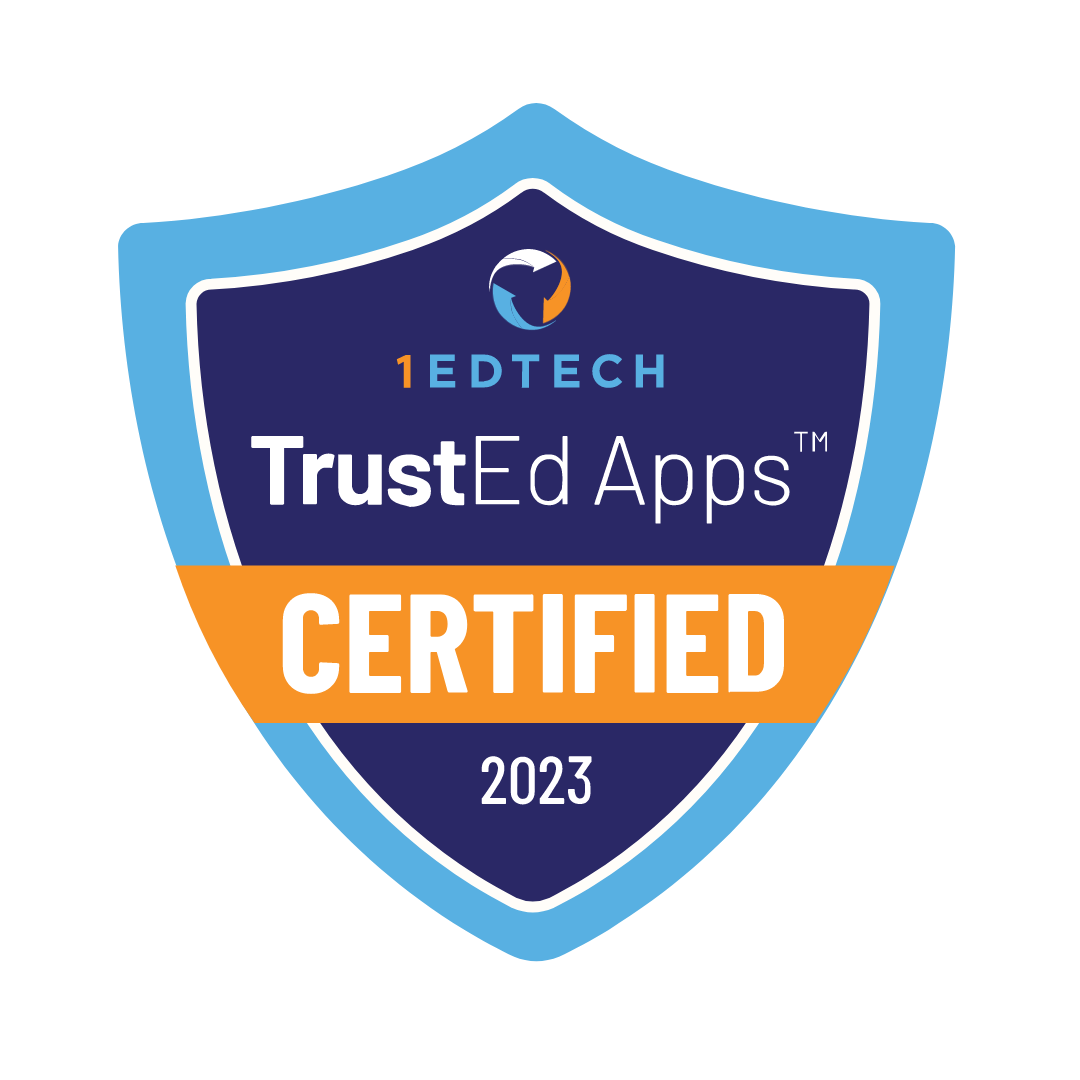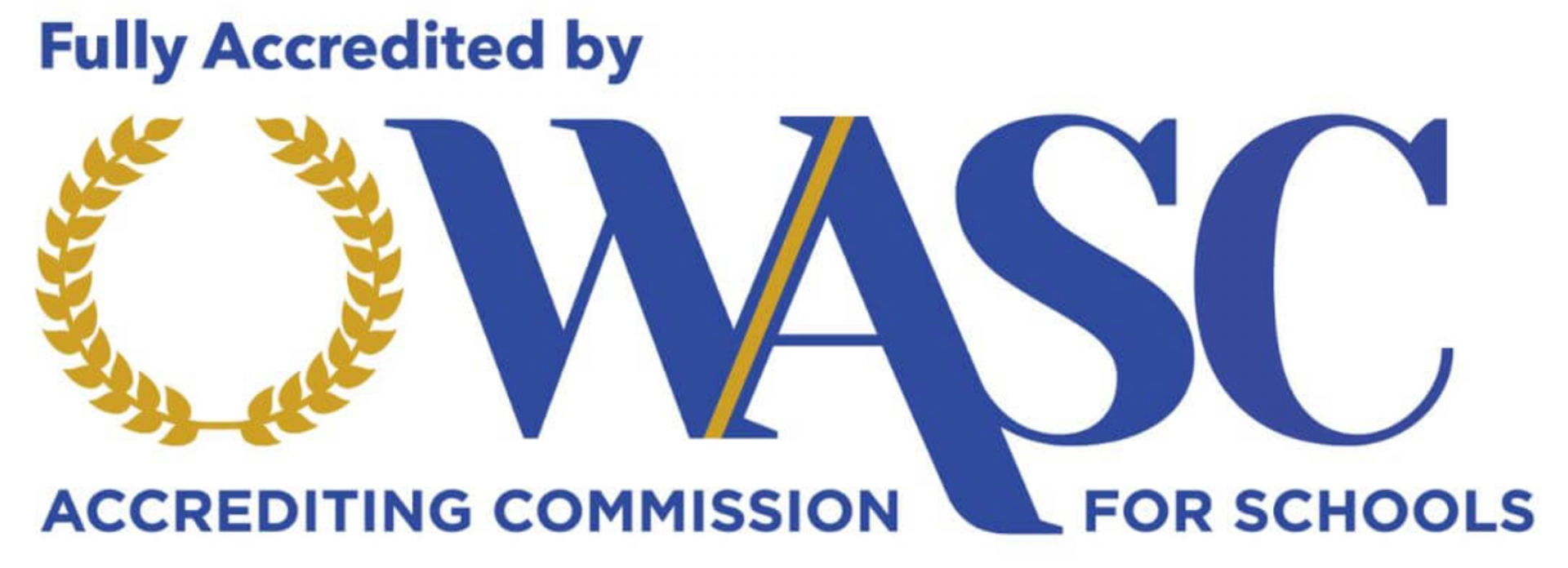Contents
More than 400,000 students took part in the AP exams in 2024, according to Total Registration data.

AP Human Geography vocabulary is an important element for passing the exam. We will explain the terms and concepts students need to know for the best result.
What Is AP® Human Geography?
“I really think for a lot of kids, it seems scary”

AP Human Geography is a high school course about how people interact with the world. Students learn about geography itself and how land is used. Kids explore culture, focusing on languages and traditions. They also learn about population and economy.
An Introduction to AP® Human Geography Exam
The exam has two parts. The first section is the multiple-choice section, where students select one or more correct answers from the given options. The second section is a free response section. This section has no answer choices. Students must give detailed responses on their own. We share more details about each section in the table below.
| Section | Total Questions | Section Weight in AP Final Score | Total Time (Minutes) |
| Section 1 | 60 | 50% | 60 |
| Section 2 | 3 | 50% | 75 |
Students will get different types of questions on the subject in both sections of the exam.
Why Study AP® Human Geography?
Studying this subject helps kids expand their worldview and better understand what is happening around them. Human Geography improves their analytical skills and ability to make strong arguments. Students start paying more attention to current events and global changes. Kids even begin to make predictions about what might happen in the next year. Taking the AP exam can also increase students’ chances of getting into college with additional advantages.
How Is AP® Human Geography Structured?
The subject is taught in a way preparing students to deal with both sections of the exam. The first section provides students with correct and incorrect answer choices, and they must select the right one. The second section is considered more difficult for many because it does not offer answer choices. Students must write their responses in free-response format, and their answers need to be detailed. Achieving a high score on the exam requires kids to have a strong understanding of each topic, rather than just memorizing facts.
Which Core Human Geography Vocab Words Should You Know?
A high score on the exam requires students to have a strong vocabulary.

Essential Terms in Human Geography
The course takes students through several key topics. The table below shows some terms from these topics. Students must know these terms to pass the exam with good scores.
| Term | Definition |
| Absolute Location | The exact place using latitude and longitude |
| Relative Location | A place compared to other places |
| Scale | How much area a map shows |
| Demographic Transition Model (DTM) | A model showing how the population changes |
| Carrying Capacity | The most people a place can support |
| Push and Pull Factors | Reasons why people leave or move to a place |
| Cultural Diffusion | When traditions and ideas spread |
| Ethnocentrism | Thinking one culture is better than others |
| Language Families | Groups of languages that are related |
| Sovereignty | A country’s right to rule itself |
| Gerrymandering | Changing voting areas to help a group |
| Nation-State | A country where most people share the same culture |
| Urbanization | When cities grow and people move there |
| Gross Domestic Product (GDP) | The total money a country makes |
| Globalization | How countries connect through trade and culture |
How to Use Flashcards for AP® Human Geography Vocab?
Studying with flashcards will be better if you follow these practices:
- Create the cards. Write the term on one side and the definition on the other or use online flashcards
- Shuffle the cards each time. This prevents you from memorizing the order instead of the terms
- Visualize the words. Creating images makes it easier to remember the terms
- Say the words out loud. Speaking them helps you memorize the words better
- Sort the cards. Set aside the hardest to remember and review them more often than the easier ones
Top Resources for Learning Human Geography Vocabulary
Legacy Online School has been helping students to achieve their best results on this exam for years. Our school provides a lot of AP classes and study resources in different formats. These formats make them ideal for every student. Students should also review official College Board resources and guides to better understand what to expect on the exam this year.

How Do Definitions Shape Our Understanding of Geography?
Definitions can help us learn a subject or make it harder. We will explain the role of definitions and how they help in studying.

The Role of Definitions in Human Geography
Definition is an explanation of a term or concept in a subject. Clear definitions help students learn easily. Confusing definitions make learning difficult. Knowing the correct meaning of terms or concepts helps students answer questions and explain ideas.
Examples of Key Definitions in AP® Human Geography
Here are 5 key definitions in AP Human Geography. These definitions are simple and clear, so they help students in learning.
| Term | Definition |
| Time-Space Compression | The idea that technology makes distances feel shorter |
| Brain Drain | A situation where skilled workers leave their home country for better jobs |
| Nation | A group of people with shared culture, language, and history |
| Megacity | A city with more than 10 million people |
| Dependency Ratio | The number of people too young or too old to work compared to those who can work |
How to Write Effective Definitions for Geography Terms?
Here are some rules to follow to write good definitions:
- Do not write too much. Write short and clear explanations of the term or concept
- Give real-life examples to make understanding easier
- Do not use the same words. Use different words to avoid automatic memorization
Let’s see some examples of bad and good definitions to understand it better.
| Good definition | Bad Definition |
| Urbanization is when a place becomes urban | Urbanization is when cities grow as more people move there |
| Migration is when people migrate to another place | Migration is when people move from one place to another to live |
| A river is a river with water | A river is a long body of water that flows into a lake or ocean |
How Can Mental Maps Aid in Geography Learning?
Mental maps help students learn geography by keeping places in their minds. Let’s look at mental maps in more detail.

What Are Mental Maps and How Do They Work?
Mental maps are pictures of places in a person’s mind. These maps are not always exact but help people understand geography. Mental maps work by connecting places with experiences.
Example: Students learn about big cities in a country. They see a picture of one city on TV later. Students think about the country and remember the city from the lesson and the picture. This helps them know where the city is.
Creating Mental Maps for AP® Human Geography
Students can create mental maps using paper or digital tools. Both methods help in learning geography.
This is how you can create a mental map on paper:
- Sketch the outline of a country or region
- Add cities, rivers, mountains, and borders
- Draw simple icons for locations like capitals or lakes
- Write names of places to remember them better
- Compare to see if the locations are correct
This is how you can create a mental map digitally:
- Use apps like Google Maps or drawing programs
- Mark different regions, roads, and landforms
- Keep the map and check it later to remember details
Using Mental Maps As a Study Tool
Using these maps every day helps remember geography terms, dates, events, and concepts better. Here are some tips to make mental maps more useful:
- Draw a mental map from memory and check accuracy
- Different colors help separate regions and features.
- Link locations to history, culture, and economy to understand better
- Try to recall places without looking at a map
How to Review for the AP® Human Geography Exam?
A study plan should be prepared so students get a good result. We will look at which methods students use to prepare for this exam.

Effective Review Methods for AP® Human Geography
Students who get high scores use these methods to learn the subject:
- They study in groups to discuss difficult topics and find answers faster
- They use flashcards to remember key terms quickly
- Mental maps help them learn locations, dates, and patterns better
- They study in different formats to understand the material well
- They take practice test exams at least three times to get used to the exam format
AP® Human Geography Exam: Key Topics and Concepts.
Students need to learn many different terms in these topics:
- Geography Basics
- Population and Migration
- Culture and Identity
- Political Geography
- Economic Geography
- Urban Development
Post-Exam Strategies: What to Do After the Test?
Students who finished the exam should praise themselves because they did a lot of work, no matter the result. They need to wait for the exam results.
Kids should take a short rest and then check the questions they had. It is important to note difficult questions and topics. These questions and topics should be studied more. Students also need to think about how effective their study methods were. Kids should decide if any changes are needed.











